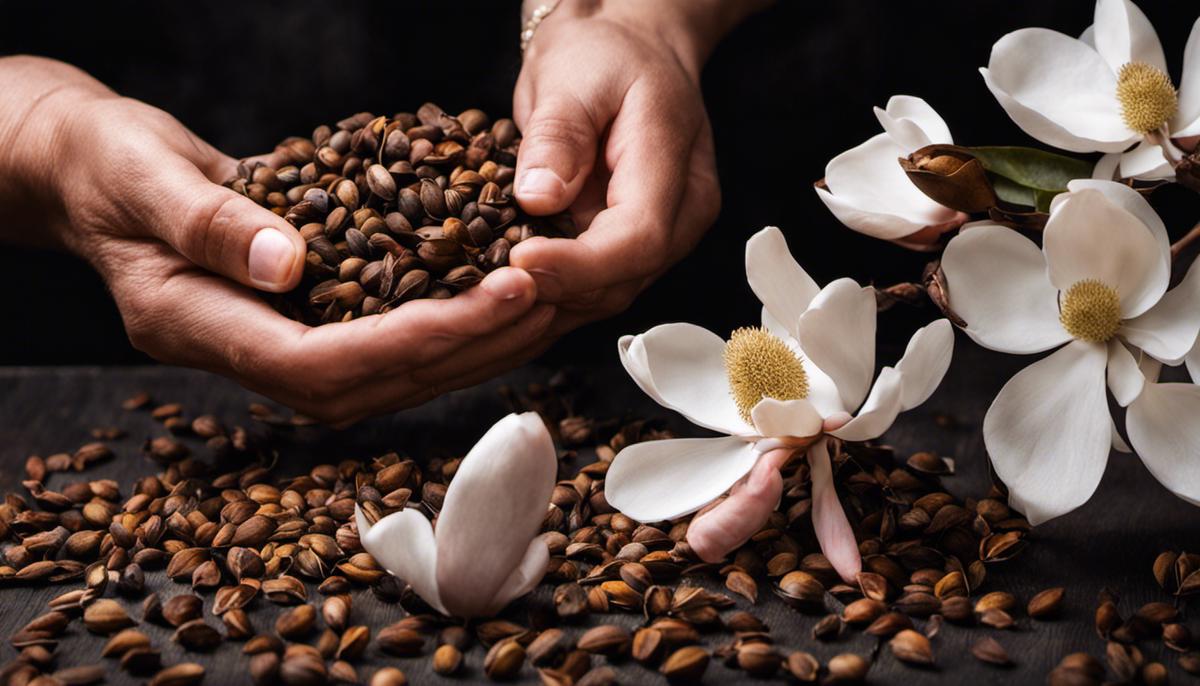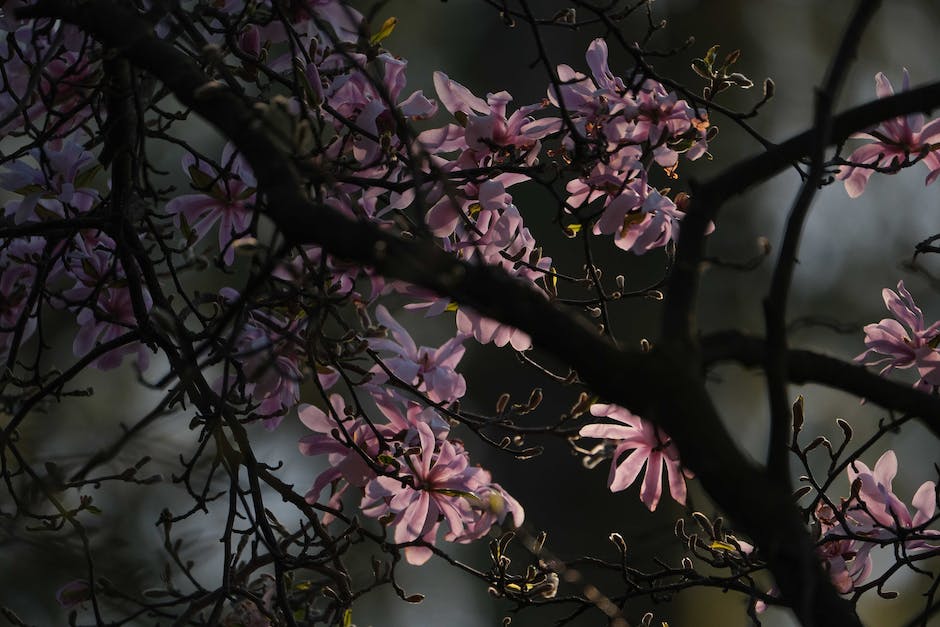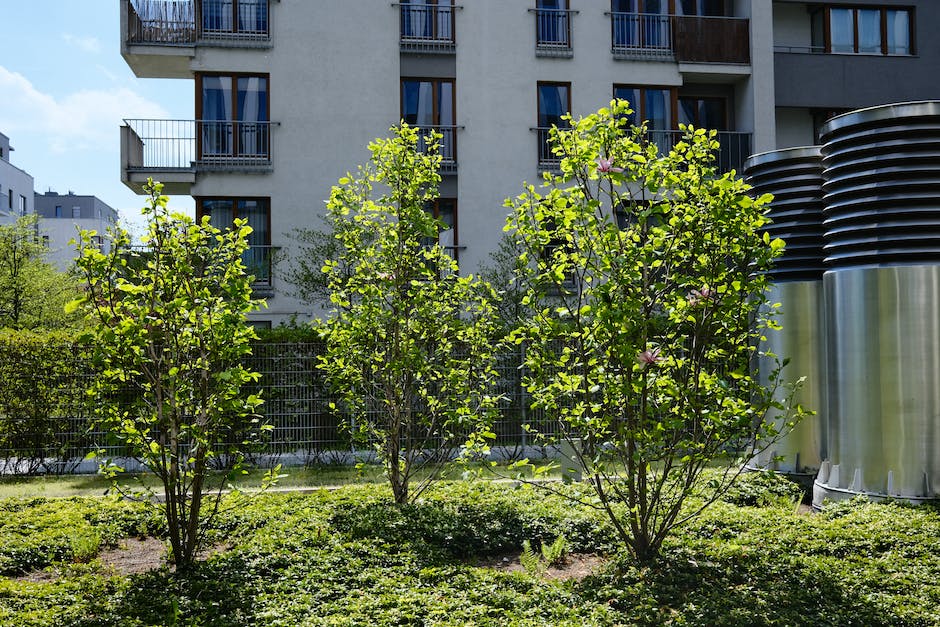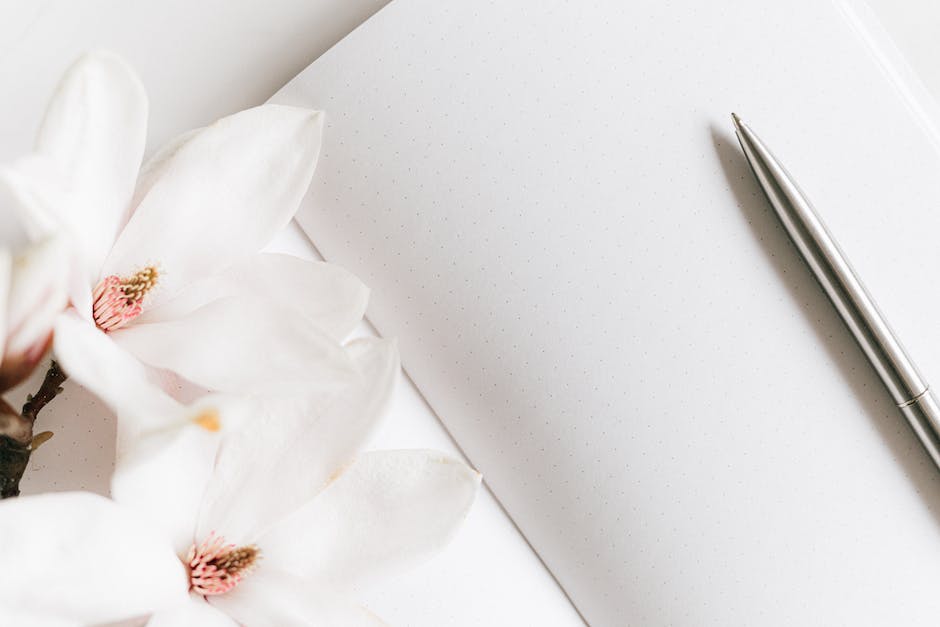How to Successfully Grow Magnolia Trees from Seed

Magnificent magnolias, renowned for their majestic beauty and velvety petals, can be a vibrant addition to your garden. With origins tracing back millions of years, this ancient genus of flowering plant is a testament to nature’s resiliency and adaptability. For those wishing to cultivate their own personal slice of prehistoric beauty, growing magnolia trees from seed could be an intriguing and rewarding gardening project. This comprehensive guide will enlighten you on the numerous intricacies of the process – from seed collection and preparation to the deed of sowing and care for the burgeoning seedlings. Moreover, it’s devised to equip you with essential knowledge of transplantation to a larger pot or ground and the subsequent stages of care for the growing tree.
Seed Collection and Preparation
The allure of magnolia trees truly is enchanting. From their timeless elegance to the fragrant blossoms that dazzle onlookers, magnolias offer so much to so many. Additionally, they provide dedicated, patient hobbyists an opportunity to cultivate their very own magnolia trees from collected seeds. Believe me, there’s something absolutely magical about this process. Dive right in here to learn the ‘when and how’ of collecting and preparing magnolia seeds.
The first step is crucial. Timing is everything when it comes to collecting magnolia seeds. In North America, this tends to be between late summer to the onset of fall. It’s essential to bear in mind that seeds should be collected as soon as they ripen. When the vivid-red seeds begin to peek out from the interestingly textured, cone-like fruit, it signals that they’re ripe and ready for collection.
Now, let’s move on to the actual collection process. Please make sure gloves are donned since magnolias, beautiful as they are, can sometimes be rough on the skin. A light ladder might also be needed for those just out of reach seeds. Collect the cones directly from the tree if possible, otherwise, recently fallen ones with plenty of red seeds on display can be picked up.
Once we have our seed-laden magnolia cones it’s time to retrieve those crimson gems. Gather a bucket of warm water and soak the collected cones in it overnight. This softens the cones, making it easier to remove the seeds.
The next day, begin the extraction process. Freed from their cones, clean the seeds of any remaining pulp so they’re bright and shining in readiness for germination. Rinse them thoroughly as any residue might foster fungus or mold.
But we’re not quite done yet! It’s now time for a process known as cold stratification, essential in ensuring successful germination for Magnolia seeds are of a temperate lineage. Place the cleaned seeds into a container filled with moist peat moss or sand and then into a refrigerator. Maintain a temperature range of 32 to 41 degrees Fahrenheit. The seeds require this artificial winter, a period of about 3-6 months, before they’re ready to be planted.
Mind you, always check on the seeds during this cold stratification process. Any moldy seeds should be hastily removed to protect the remaining ones.
After enduring their artificial winter, the magnolia seeds should be ready to start their journey into becoming magnificent trees! Plant them in a combination of well-drained soil and compost, ensuring to cover them lightly as they need light to germinate. Water well, but do not let the soil become soggy.
Having followed these steps, a hobbyist could soon be the proud caretaker of quintessential Magnolia saplings. The journey from seed to tree might be a slow, delicate process, but the results – supremely regal Magnolia trees – are worth every moment spent nurturing them. So, remember: the magic begins with a single seed!

Sowing and Caring for Seedlings
One of the most captivating aspects of growing magnolia trees is the transition from a small, unassuming seed into a majestic, blooming tree. What often goes undiscussed, however, is the careful process of sowing these seeds and guiding the resulting seedlings into robust treehood. If you’ve already collected, cleaned, and employed cold stratification on those beloved magnolia seeds, you’re in a great position as we delve into the actual sowing operations and newborn seedling care regimen!
Once you’ve determined that your seeds are sufficiently germinated, it’s time to plant them. Rather than covering the seed fully, place it atop your soil and compost mixture. This mixture should be specifically tailored to magnolia trees, ensuring the correct nutrient balance and soil pH are maintained. Following this, sprinkle a fine edition of this specialized substrate over the seed, ideally covering it by 1/4 inch. By using this highly specific method, you’re assisting the seedling in its goal to break surface at the correct time.
After sowing, pay significant attention to the watering protocol. While these soon-to-be saplings favor moist environments, overwatering can lead to seedling rot or fungal infections. A gentle, regular watering approach is best, mimicking the natural rainfall patterns the native magnolia tree enjoys. Remember to keep the soil moist, but never waterlogged.
With proper planting and watering, you should be seeing those tiny green soldiers break ground soon. The emergence of the seedlings is a monumental event, but this is where the real work begins. It’s crucial to provide the emerging magnolia saplings with sunshine aplenty, yet without wilting under the cruel summer sun. A sun-dappled spot, offering morning sun with early afternoon shade, works quite well.
Equally vital is to remember your inquiring feathered friends and hungry critters. Position the saplings out of harm’s way while ensuring they have room to grow. This not only aids survival but encourages the growth of robust trees with firm root systems.
Sturdy enough to tackle outside elements? Hold on! Acclimatizing the young magnolia trees to outdoor conditions is key. A gentle introduction of the saplings to the world outside helps prevent transplant shock. Start by placing them outside for a few hours each day, gradually increasing this until the saplings can bask in the glory of the open air all day and night. This will allow the sapling to get accustomed to the outside environment in a less stressful manner.
The process of nurturing these subtropical beauties from delicate seedlings into towering trees may be gradual, but the feeling of accomplishment is unmatched. As you follow these steps to sow and care for your magnolia seeds, always remember – patience, precision, and passion are the same traits exhibited by magnolia trees themselves as they wait for the perfect moment to bloom.

Transplanting and Further Care
The next stage of the magnolia journey begins when the tiny saplings are sturdy enough for transplanting. This critical step awaits once the seedlings have properly matured, usually around six inches tall, and have leaves. Now, these fledgling magnolias are ready to venture into their permanent home, which will help them graduate from juvenile saplings to majestic trees.
Select an area that allows plenty of room for the mature magnolia to spread its branches. The chosen spot should provide plenty of sunlight, ideally at least six hours a day. A well-drained soil is another imperative for the health and wellbeing of the tree. A soil pH tester can be used to ensure the soil is slightly acidic – a preference for most magnolias.
Before transplanting, soak the root ball of the seedling to ensure it’s well hydrated. Dig a hole twice as wide, and just as deep, as the pot currently housing the sapling. Be gentle while removing the plant from the pot, ensuring the root ball remains intact. Place the seedling into the hole at the same depth it was growing before. Gently backfill the hole with soil, firm it around the roots and ensure no air pockets remain.
Once the transplant is complete, watering is key. Water thoroughly right after planting, then regularly afterward, keeping the soil consistently moist. Young magnolias are not drought-tolerant and will need careful attention to their watering schedule during their first growing season.
Mulching also plays an essential role in successful aftercare. A layer of organic mulch around the base of each tree helps to conserve soil moisture, suppress weeds, and maintain steady soil temperatures. However, ensure the mulch isn’t in direct contact with the trunk to prevent rot.
In the first few weeks post-transplantation, be vigilant in checking for signs of distress in the seedling. Dropping leaves or wilting usually indicate a watering issue, while leaf discoloration might suggest a nutrient deficiency. Problems identified early can often be corrected, ensuring the successful establishment of your new magnolia.
Finally, pruning isn’t necessary during this early stage – save for removing any dead or damaged branches. Magnolias are low-maintenance in terms of pruning, typically requiring only minimal shaping as they mature.
Time, patience, and care can yield rewarding results — from tiny seedlings to stately trees. In this journey, each step is a testament to the power of nature and the rewarding delight of growing your own magnolias.

Armed with the knowledge contained within this guide, you are now prepared to embark on your journey to grow magnolia trees, a proposition that is as rewarding as it is challenging. It is not just about growing a tree, but about the labor of love that goes into each step of the process. Each seed that you plant and nurture holds the potential to blossom into a mesmerizing spectacle of nature, gifting you with magnificence each blooming season. May this guide serve as an invaluable resource on your gardening journey, not just delivering beautiful magnolias, but also mirroring the journey of these resilient flowers that have graced this earth for millennia. Happy gardening!



